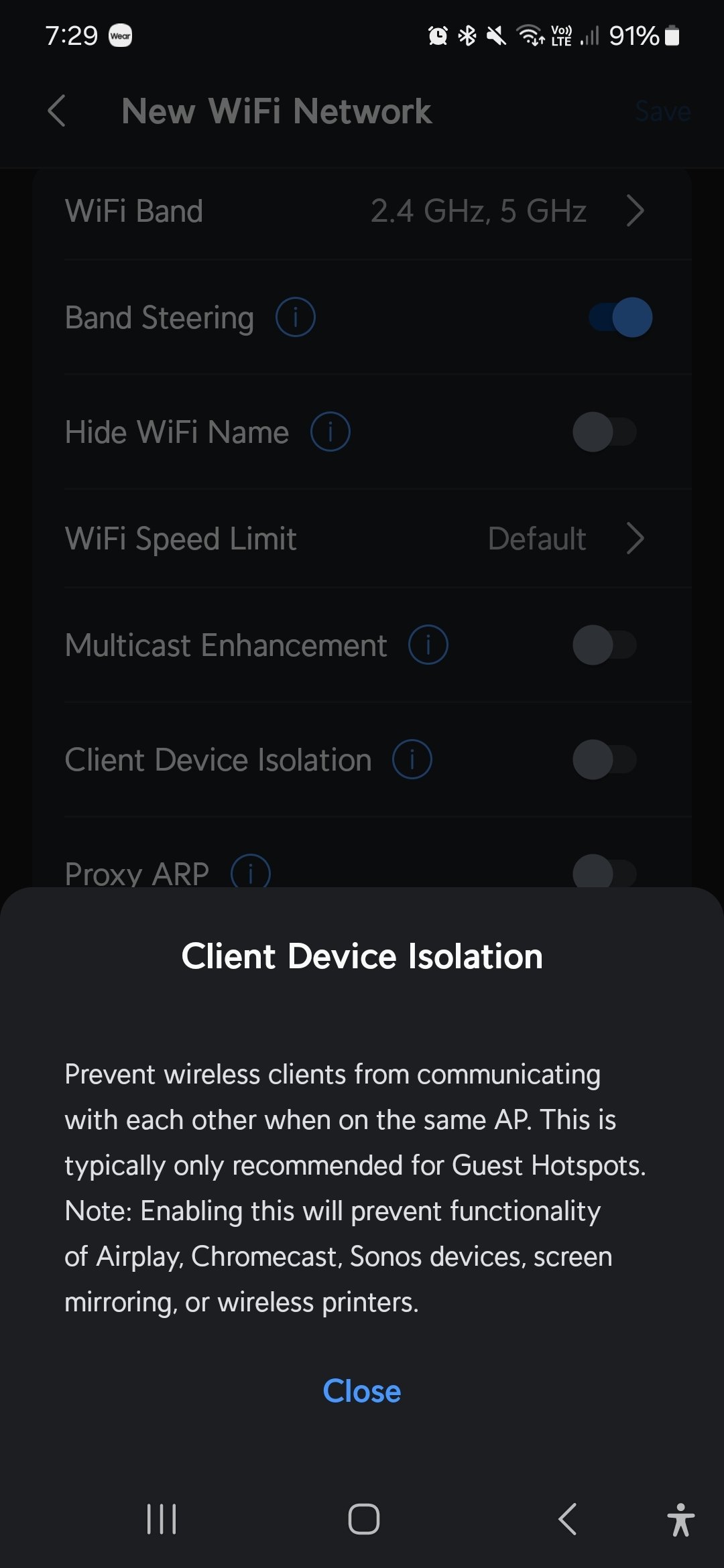Energy consumption is essentially the same, as it's using the same radios.
For what it's worth, I have several SSIDs, each on a separate VLAN:
- my main one
- Guest. Has internet access but is otherwise isolated - Guest devices can't communicate with other guest devices or with any other VLANs.
- IoT Internet: IoT and home automation devices that need internet access. Things like Ecobee thermostat, Google speakers, etc
- IoT No Internet: Home automation stuff that does not need internet access. Security cameras, Zigbee PoE dongle (SLZB-06), garage door opener, ESPHome devices, etc
(to remotely access home automation stuff, I use Home Assistant via a Tailscale VPN)
Most of these have both 2.4Ghz and 5Ghz enabled, with band steering enabled to (hopefully) convince devices to use 5Ghz when possible.
This is on a TP-Link Omada setup with 2 x EAP670 ceiling-mounted access points. You can create up to 16 SSIDs I think.
